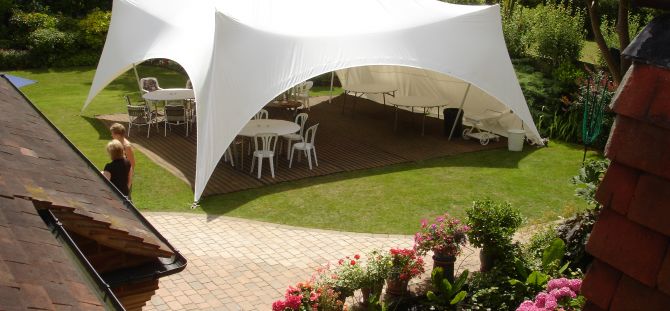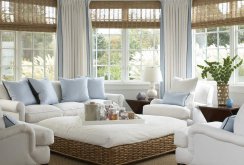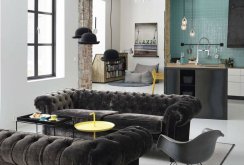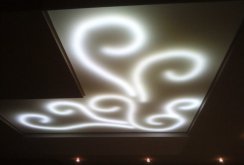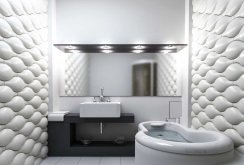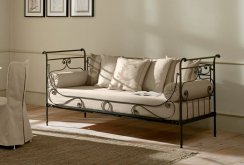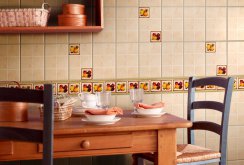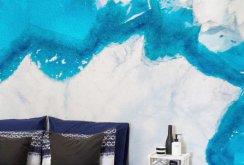Awnings and tents: essence, types, features of choice
An awning is usually called a fabric lightweight canopy, which is necessary for protection from the sun, insects and atmospheric manifestations. If such a protective sheet is stretched on the frame, a tent is formed. The design is convenient in that it can be erected in a short time and quickly dismantled after use. In the catalogs of manufacturers you can find hundreds of variations of models, which are based on aluminum or other metal hollow crossbars.Key types of tents
In this category of products, the basis of species division is the purpose of the products. In this connection, you can give a basic classification of tents, respectively, and tents:- garden;
- tourist;
- folding;
- pavilion.
Auxiliary criteria for selecting tents
In this aspect, several characteristics need to be considered:- design features of the roof;
- base material;
- product form;
- essence and parameters of the basis.
The reasons for the high demand for tents and tents
Choosing tents and tents, potential buyers are guided not only by the external design and size of structures, but also the operational advantages of priority models are also important:- the mobility of the product, the possibility of its use both in the local area and in country trips, hiking, picnics;
- a large price range, allowing you to choose among premium options as well as among budget types;
- undemanding care;
- compactness during storage;
- the possibility of self-installation;
- dividing the tent into functional compartments;
- full protection from sunlight, moisture, wind and insects when changing an existing canvas or base.
